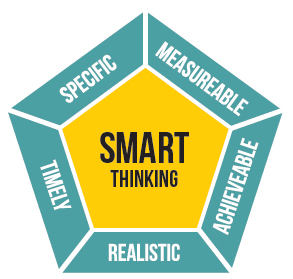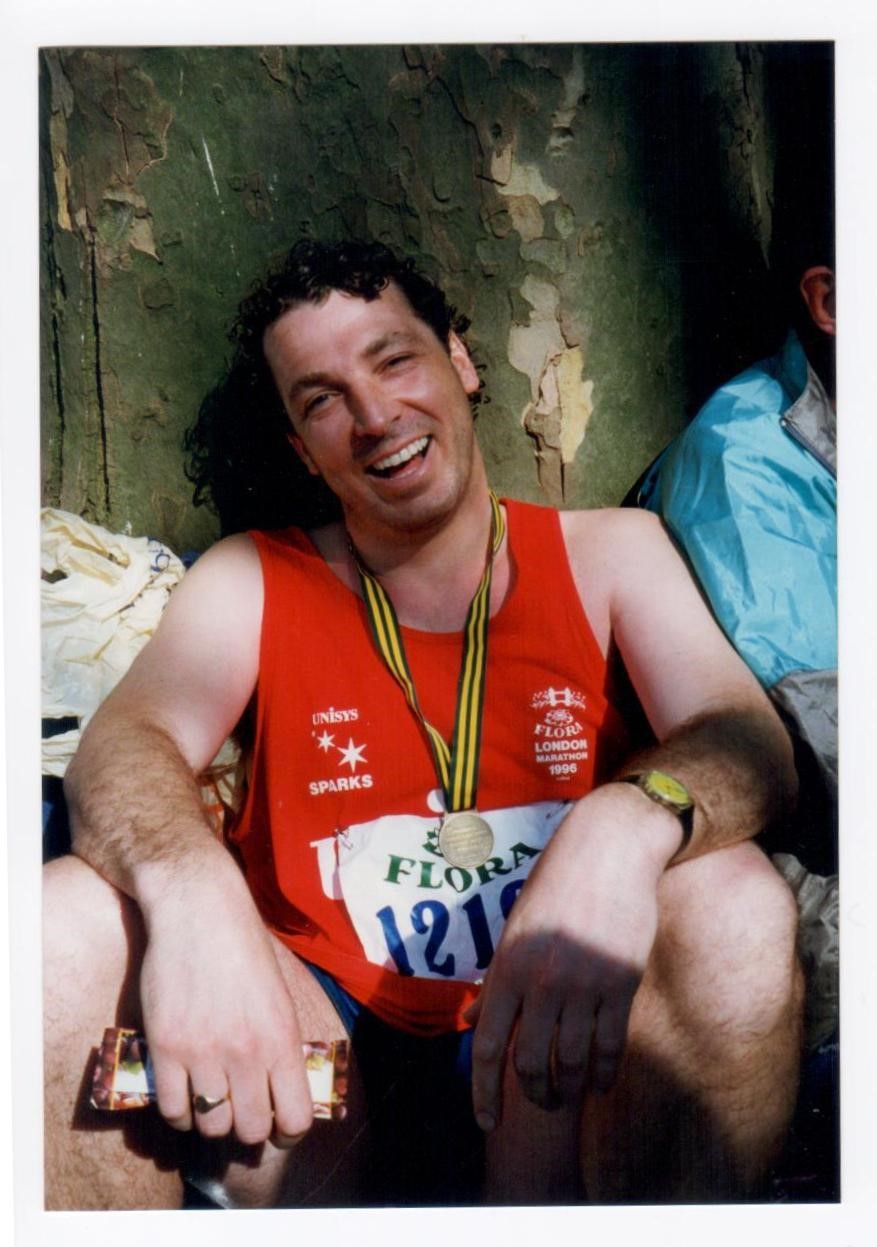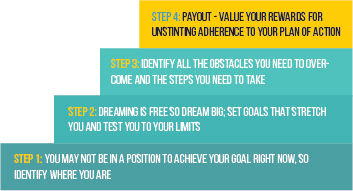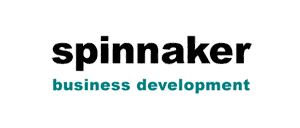We can all think of instances in our lives when we have felt either confident or under-confident
When asked what it is that I do, one of my less considered responses can be that I'm a business coach, which normally prompts further questions like, “What does that means and what’s involved?
In developing a response I invariably recall my old pal Derek, an inspiring colleague who described the mechanism of coaching quite simply as, “A vehicle that gets you from A to B!”
For coaching interventions to work, they must be simple and effective, yet somehow they usually end up being way too complicated because we fail to identify the core elements of a coaching plan;
- As Is - where we are right now
- Should Be - where we want to get to
- Barriers - obstacles that must be overcome
- Payout - our potential rewards

Setting goals is the most important part of the process - get this right and we can expect progress in many aspects of our lives but first we need to establish where we are - this identifies a starting point. Goals we set for ourselves (and others) are critical to the results we achieve along our journey.
The fundamental mistake when setting goals is that once we have identified our starting point we fail to envision what should be happening at a specific point in the future, instead concentrating on the next step on from where we are at the moment - a modern equivalent of Alice’s encounter with the Cheshire cat!
Creating an effective coaching plan means establishing where we are at the moment (as is) setting challenging objectives for the future (should be) and in identifying the barriers that will be encountered along the way and which need to be overcome for true success to be delivered. In addition and in order to leverage our motivation we must understand the payout - what we will receive (in all manner of ways) when we achieve our objectives.
SMART thinking

Fundamentally, goals must be SPECIFIC, MEASURABLE and TIMELY but they need to be ACHIEVABLE and REALISTIC too. Avoid setting goals beyond our reach as this can be the cause of us losing heart along the way. That said, I'm smiling because ‘Derek’ also introduced to me the alternative concept of AWESOME and RIDICULOUS, by which he meant creating an expansive vision, one that maintains our focus and commitment when things get tough because the journey and end result are so exciting! You’ll find this expressed more formally elsewhere as a BHAG - Big, Hairy, Audacious Goal.
“Dreaming is free so dream big”, I was once told, so a personal story of achievement some 20 years ago.
London Marathon 1996
November 1995 and I’m with my mates in a smoky bar, pint and pork pie in hand, Ralph blithely suggested that as a group of ‘pretend’ athletes our next ‘goal’ should be to compete in the London marathon the following April. Given the bar-room scene, it should come as no surprise that my initial reaction to this suggestion was one of ridicule.
The beers flowed and the idea developed, ultimately becoming a goal that was to prove both AWESOME and RIDICULOUS.
To compete in the 1996 London marathon and finish with a time under 3½ hours!!
It’s fair to say I didn't feel I could do it to start with but, the beer and the derisive clamour of the bar-room detractors that night banging on about living in cloud cuckoo land served only to drive us on and to help motivate us to a memorable achievement.
Some four months later, having following a planned structure of training between November 1995 and April 1996, we achieved what had initially looked ridiculous and beyond us - a time of three hours 30 minutes!
Can you imagine how we felt?

This would not have been achieved without effective goal setting or a clear coaching plan, so ...

Step 1: You may not be in a position to achieve your goal right now, so identify where you are
Step 2: Dreaming is free so dream big; set goals that stretch you and test you to your limits
Step 3: Identify all the obstacles you need to overcome and the steps you need to take
Step 4: Payout - value your rewards for unstinting adherence to your plan of action*
(*including the looks on the faces of the detractors in the bar that November evening!)
Those experiences from the London marathon have helped me formulate and execute successful plans ever since, both for myself and for others.
The rules are simple; Aim high, plan well, execute and stick to it and above all, keep it simple!
- Log in to post comments




